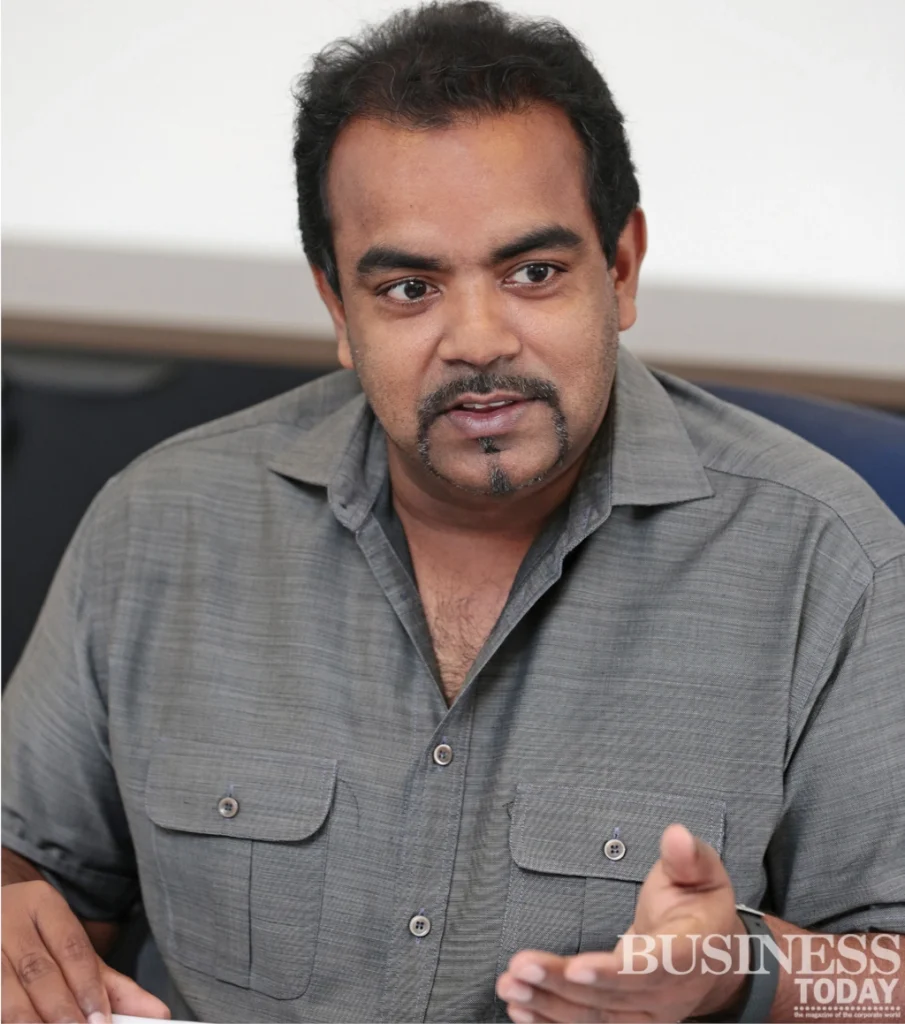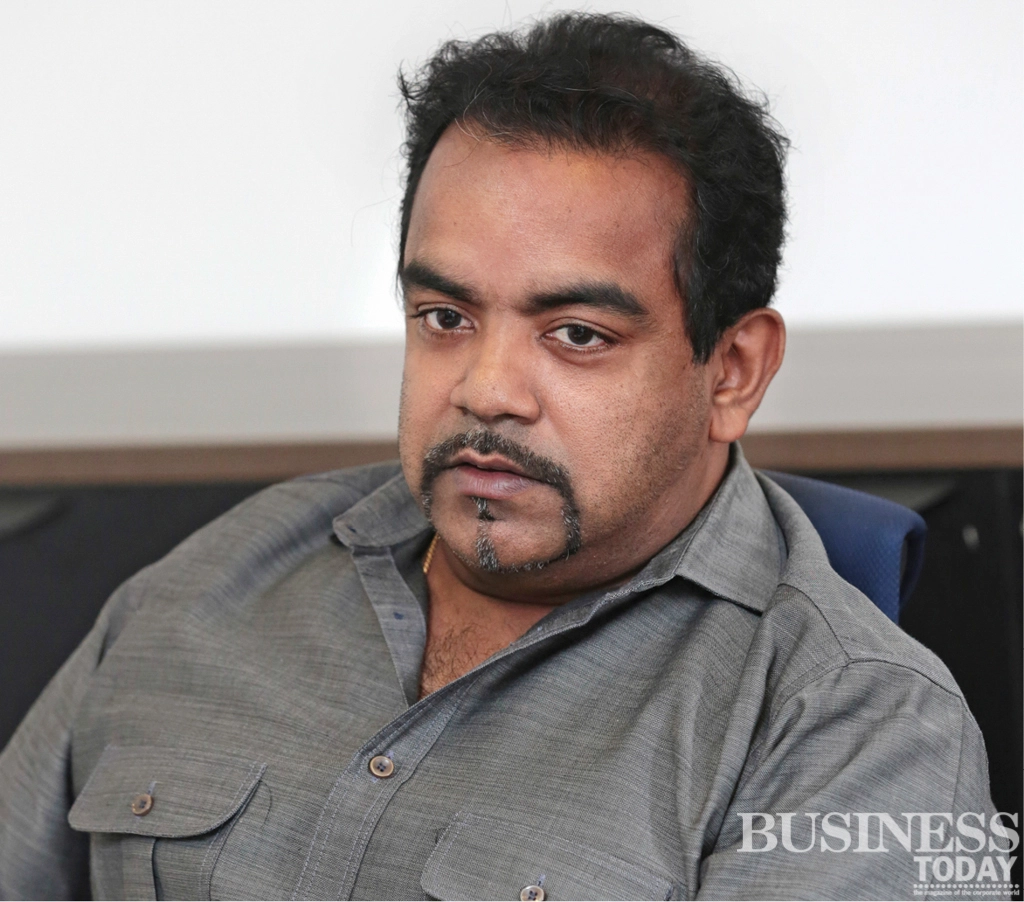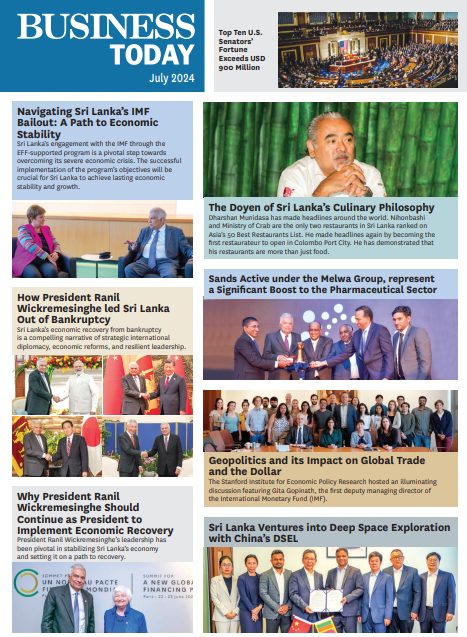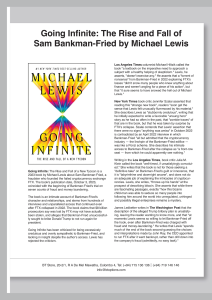
At the 36th Annual Sessions of the Sri Lanka Institute of Architects, the theme focused on the timely topic Emergence – Entrepreneurial Architect. While highlighting the talent in the Sri Lankan industry, Migara Alwis, Director, Design Consortium (DCL) and Chairman of the National Conference SLIA emphasizes the need for change to ensure the sustenance of the industry. He urges architects and SLIA members to wake up and make use of the opportunities available today. Considering the impact of the presence of the international construction industry in Sri Lanka, he stresses on the need for the Government and private sector to work together to ensure lasting benefits for Sri Lankan professionals, local industries and the country as a whole.
By Udeshi Amarasinghe and Keshini De Silva
Photography Menaka Aravinda
The theme of this year’s Annual Sessions was ‘Emergence – Entrepreneurial Architect’. Could you elaborate on this?
The Sri Lanka Institute of Architects held the 36th Annual Sessions this year. After being the Chairman of the National Conference for the past two years, this was my last year in the post. The Annual Session held each year is a four-day programme with the Inauguration, National Conference and Trade Exhibition. It is a means of opening the profession to the public. The sessions featured Sri Lanka and international guest speakers as well. The SLIA currently has 1,400 members, and this provides them the opportunity to interact with those in the trade and the public to exchange knowledge and meet new clients.
The theme for this year’s Sessions was ‘Emergence – Entrepreneurial Architect’ because it is a timely and appropriate topic. Emergence means appearing after a certain time period or appearing from time to time. Entrepreneurial architecture is interpreted as being an entrepreneur in the way you practice architecture. If you look at the past 50 years of architecture in Sri Lanka, you witness this emergence of the entrepreneurial architect. Firstly, individuals with knowledge were recognised and consulted on projects; they may have not even been an architect.
The Theme For This Year’s Sessions Was ‘Emergence– Entrepreneurial Architect’, Because It Is A Timely And Appropriate Topic. Emergence Means Appearing After Sometime Or Appearing From Time To Time. Entrepreneurial Architecture Is Interpreted As Being An Entrepreneur In The Way You Practice Architecture.
Meanwhile, qualified architects waited for people to seek them out or they designed houses for friends. That was the start, where architects undertook whatever work or projects that came to them. There was a demand for larger buildings such as schools and institutes, architects and designers geared up to cater to the trend by establishing small consultancies that offered services. That was the second emergence in the industry. The third emergence was through individuals such as Geoffrey Bawa who used sculptures and artists such as Ena de Silva, Barbara Sansoni and Laki Senanayake adding an exuberant element to the project. He did not have all services in-house but worked together with experts to provide a good product.
Architects established architectural consortiums in the 1970s. They facilitated all the services in-house and geared up to handle large projects – ten stories, and above or half a million square feet, examples include the Central Bank and hotel projects. That was the fourth stage of emergence through the entrepreneurship of architects. The fifth stage was the introduction of the Project Manager in the 1990s. Previously, the architect had always been the team leader in the industry; however once the Project Manager post was introduced, the client started to approach the Project Manager, who then appointed the architect. That was a challenge that architects needed to overcome.
Today, the most significant challenges we face is in terms of offering skills efficiency on an internationally competitive platform. In essence, even for a Sri Lankan project, the consultancy aspect is being provided amongst an international platform. For example, foreign construction firms provide a design and build service. Therefore, the contractor awards a design and build contract. Furthermore, there are international architectural practices that offer services at a significantly competitive rate. Thus, our biggest challenge today is that even for local projects, we have to be competitive and economical on an international level.
Therefore, the entire subject matter of the industry hails from the emergence of the entrepreneurial architect. Our aim is to make the majority of the Sri Lanka Institute of Architects (SLIA) members aware that if the architect is to remain the team leader, then they have to be able to manage and be competent in the prevailing situation.
Considering Foreign Direct Investments (FDIs), in the built environment their performance has not met the expectations. The Government provided many incentives as well as tax concessions. However, FDIs should result in an injection of funds into the economy, and in the absence of funds, there must be a transfer of knowledge and technology. But what happened in Sri Lanka? They built apartments, raised the money from the domestic market, and invested the profits into the hotel and other commercial ventures. There was no transfer of knowledge because the project saw the participation of foreign engineers, contractors, and labour. The Sri Lankan industry has not benefited as per the expectations. As a result, the economy is facing a depression, and likewise, so are the professionals.
We aim to create awareness amongst the membership on the present situation. Because if the profession is to survive in the next few years or decades, then we must change the way we operate. All professionals have adapted under a small umbrella policy, and they have managed to maintain a niche. At this juncture in the industry, we cannot assume that we can withstand anything. It is essential that we adjust, and we are trying to create awareness amongst the majority of the members.
FDIs Should Result In An Injection Of Funds Into The Economy, And In The Absence Of Funds, There Must Be A Transfer Of Knowledge And Technology. But What Happened In Sri Lanka? They Built Apartments, Raised The Money From The Domestic Market, And Invested The Profits Into The Hotel And Other Commercial Ventures. There Was No Transfer Of Knowledge.
What is the perspective of the SLIA?
The Institute at each year’s conference selects the conference theme according to the direction that the profession needs to be steered in according to the requirement of the country. This year’s topic addressed the current issues, and the aim was to create awareness amongst the members’ public trade and policymakers to safeguard the industry. The current President Archt D H Wijewardene and his council have performed a herculean task in liaising with Government bodies and other institutions to overcome this issue.
What was the response to the recently concluded National Conference?
The conference was very successful with the full participation of members of the trade, public and Government officials The sessions were addressed by many interesting foreign speakers including architects Nicholas Ho from Hong Kong, Masaharu Rokushika from Japan, Hayano of MAD architects from the USA and Borja Ferrater from Barcelona. Sri Lankan speakers included architect Vinod Jayasinghe and a new type of 20/20 Fusion presentation was done by architects Ruchi Jeyanathan, Shashikala Ranasinghe, Kumudu Munasinghe and Muditha Prematilaka. At this forum architects debated on the idea of the entrepreneurial architect using a multifaceted approach on how the entrepreneurial factor could be embraced by the professiona at each level of practice.
I believe at the end of the conference everyone who participated took home with them many new and big ideas.
You mentioned that the conference focused on educating the sector. Is Sri Lankan architects resisting change? Are they not transforming with the needs of the country and industry?
It is not the architects who are resisting change; the resistance is from a technical level such as the draughtsmen. They are complacent and are satisfied with using the old software. Architects want to see a change in the industry, however, when the economy is at a depression it is difficult to afford that change. We want to reiterate to them that change must be made at any cost. We have to change the conventional way professionals are operating to withstand the current pressure. Otherwise, the industry faces a dangerous predicament and will lose out on the available opportunities.
Today, even Sri Lankan clients are opting for a foreign model. In this circumstance, they do not receive the best as the top professionals do not even come down to Sri Lanka; they send their number three or four instead. Therefore, it is the junior team that supervisors and procures for the project. For a small island such as Sri Lanka, the trend of local clients seeking an international market is quite detrimental. This is the result of a lack of policy. We cannot lose the country in the interest of the world. The world is preserved, if a country is preserved.
Support from the authorities?
The authorities are trying their best to support the industry. However, when a flagship project is being implemented by a foreign company, it manages to bypass the entire system. The only check that has been maintained by them is that a local architect must sign the architectural drawing. In some of the recent large scale US dollar projects in Sri Lanka, the local consultancy received remuneration of a minimal amount. We are kicking ourselves down. In a depression, professionals will take whatever comes their way. But we must be aware of the monster that is being created for tomorrow. It is very hard from an Institute’s level to tackle policy. Therefore, we are now collaborating with other institutes for a more significant professional voice.
Many are investing in bringing new designer products. Is there capacity in the market for these products? How can architects create awareness?
Sri Lankans have always had an eye to recognise quality. If you look at the older buildings, the fittings and fixtures are of very high quality and of a good origin. For a long time, high-quality products were not available in Sri Lanka as they were not competitive due to high cost. In the recent past, European products are offered at a more competitive rate and on specific projects where duty concessionary rates are offered a window of opportunity was created.
Is the Institute trying to take a stand?
We are trying to however, it may be too late. Projects have come and gone. Therefore, we are urging the Government, authorities and SLIA members to prepare for the Port City. Currently, only the landfilling is being done in the Port City. The projects are yet to be designed. We should not lose this opportunity. In the initial stages of the Port City, Sri Lankan architects and institutes were involved in the planning. That was only an ideas competition. When the final projects are created, and construction begins, there will be a lot of work. However, a part of that work must be given to the people of the country. It is fine for there to be foreign investment and development. But the policy must be in place for the allocation of a fair share to the local industry. A country is its people. If people do not develop, then how can a country develop?
I Believe The Way Forward Is Through Public-Private Partnerships (PPP), Not Just For Projects But Also To Develop Local Skills…Professionals Too Must Have An Equal Playing Field.
Why is it not possible for the Sri Lankan industry to compete with international companies?
We have to increase our skill set in delivering a service within a reasonable period at a competitive rate. The use of up to date technology and software will enable us to leap-frog into a competitive status. However it must be a level playing field.
Sri Lankan architects in the past were recognised worldwide. What are your thoughts on the new generation?
Sri Lankan Architects are still recognised globally. It is not the talent which is in question, but the economical delivery of the ability, for which we have to make a change and that change is referred to as the entrepreneurial factor in the theme of the National Conference held this year.
What is the way forward?
I believe the way forward is through Public-Private Partnerships (PPP), not just for projects but also to develop local skills. The Government must work hand in hand with institutes, professionals and labour. When a project is embraced, the benefits to the country must also be considered. There must be continuity.
The Sri Lanka Institute of Architects has acquired many benefits from the Government for the members. The members must embrace these opportunities.
At the Business Today TOP Corporate awards, businessmen say that there must be a level playing field. Likewise, professionals must also have an equal playing field.







